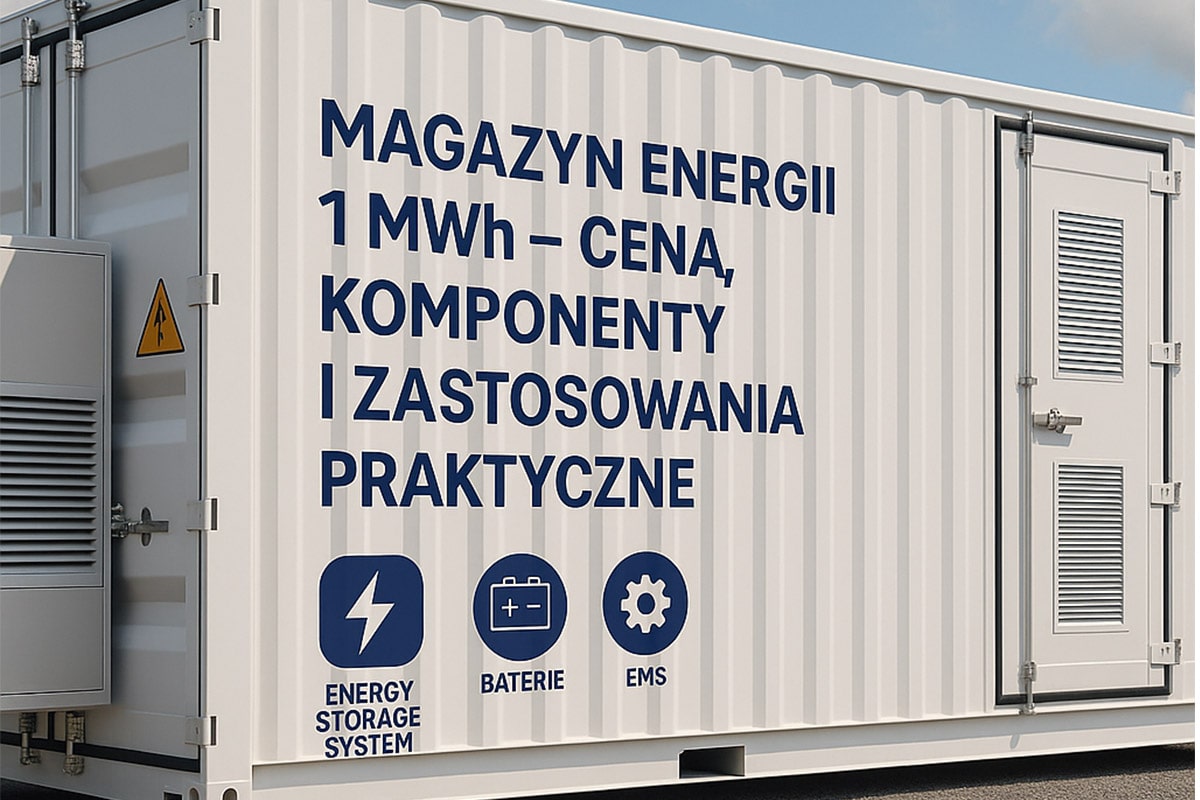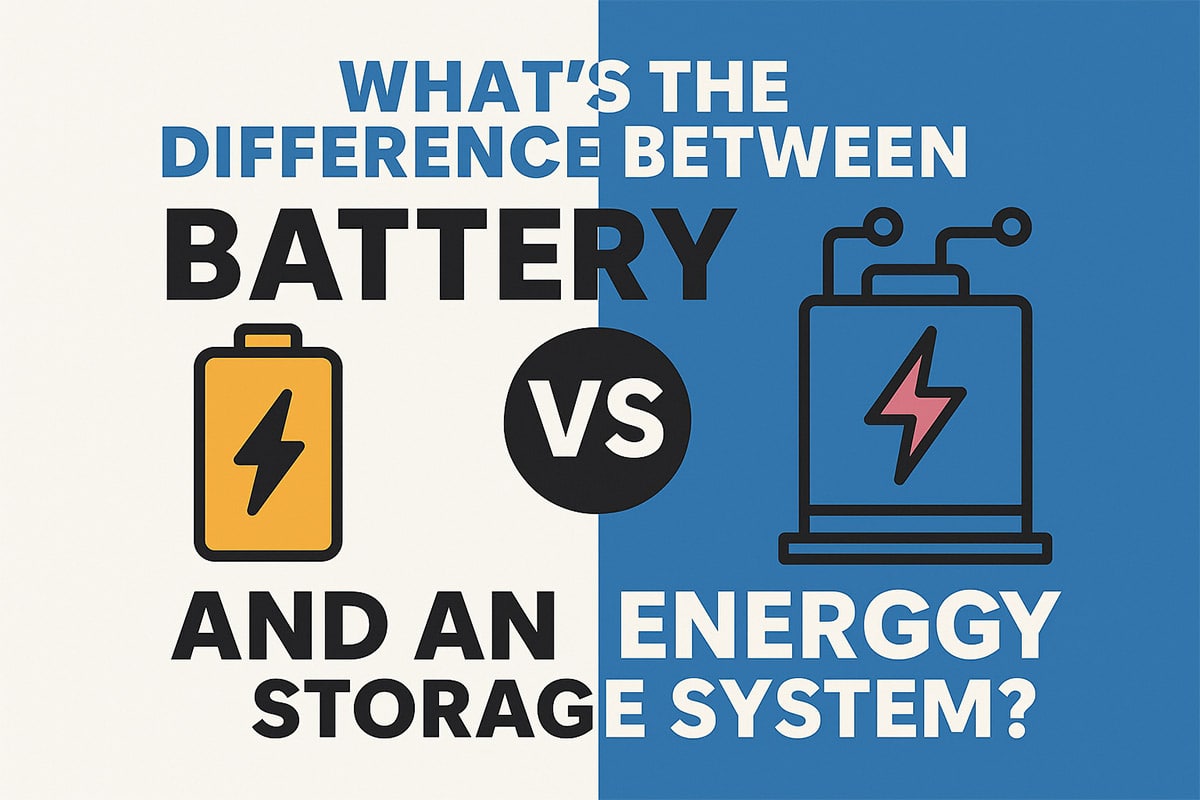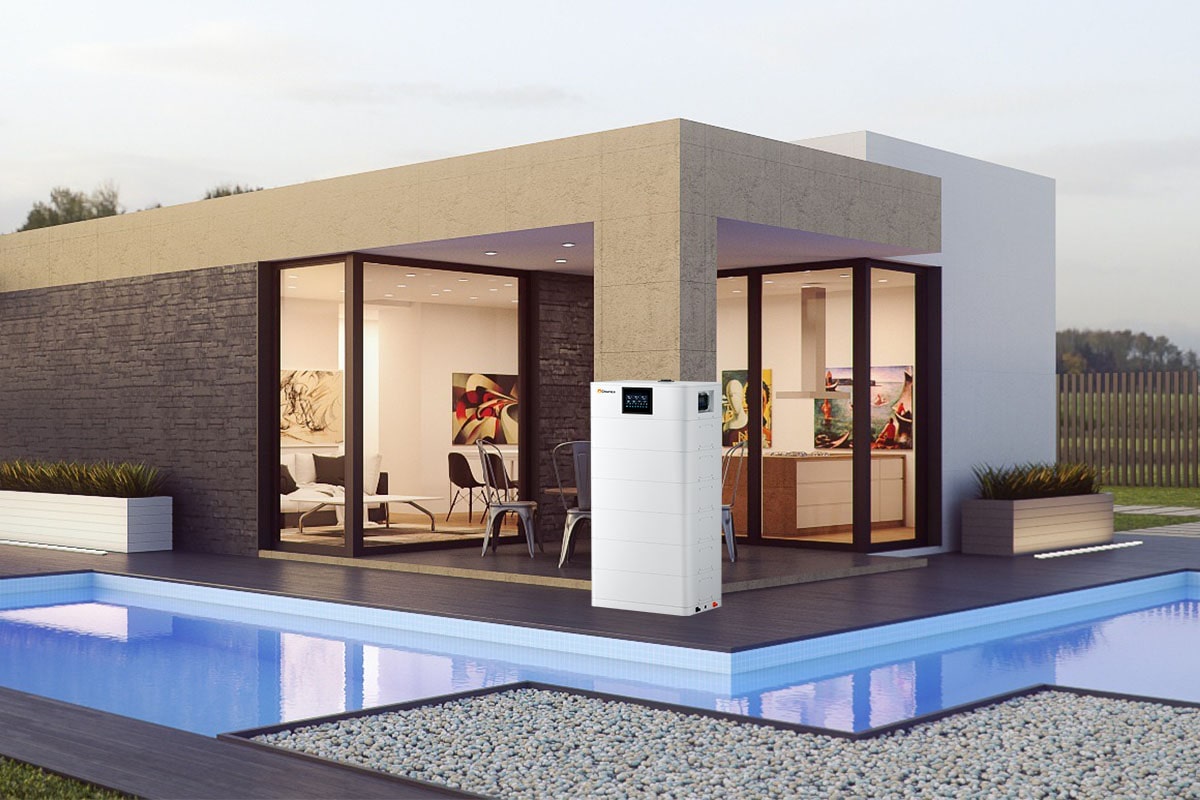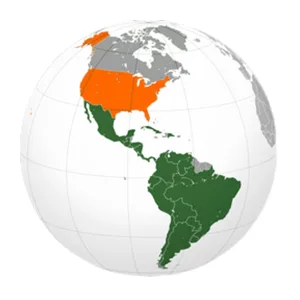The Composition and Application of Solar Photovoltaic Power Generation System
The Composition and Application of Solar Photovoltaic Power Generation System
The Composition of Photovoltaic Power Generation System
A solar power generation system is a power generation system that uses a square array of solar cells to directly convert solar radiation energy into electrical energy. It consists of solar cell array, controller, DC/AC inverter, photovoltaic power generation system auxiliary facilities (DC power distribution system, AC power distribution system, operation monitoring and monitoring system, lightning protection and grounding system) and other parts.

Types of Silicon Solar Cells
There are currently three commercialized silicon solar cells in the world: monocrystalline silicon solar cells, polycrystalline silicon solar cells and amorphous silicon solar cells.

The photoelectric conversion efficiency of monocrystalline silicon solar cells is relatively high, ranging from 13% to 15%, but the cost of using them is relatively high; the photoelectric conversion efficiency of polycrystalline silicon solar cells is 11% to 13%, which is currently the most widely used form; amorphous silicon solar cells are widely used. Batteries are thin-film batteries with low cost, but their photoelectric conversion efficiency is relatively low, and their stability is not as good as that of crystalline silicon solar cells. Currently, they are mostly used in low-light power sources, such as watches and calculators.
Solar Cell Module
A single solar cell can only generate about 0.5V, which is much lower than what is required for practical applications.
In order to meet the needs of practical applications, the solar cells should be connected into modules. On one module, the standard number of solar cells is generally 36 pieces.
The physical unit of solar cells connected by wires is called photovoltaic cell module, which has certain anti-corrosion, wind-proof and rain-proof capabilities. The front of this module is a glass plate, and the back is a layer of alloy flakes. Embedded in a layer of polymer.
In this solar module, the battery and the junction box can be directly connected by wires, and the potential quality problems are the sealing of the edge and the junction box on the back of the module.
The parts will heat up severely, this is the “hot spot effect”.
In order to prevent the battery module from being damaged due to the hot spot effect, a bypass diode needs to be connected in parallel between the positive and negative poles of the battery module to prevent the energy generated by the light module from being consumed by the shielded module.
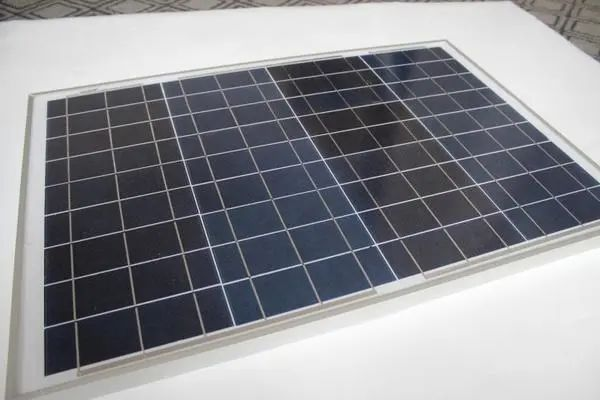
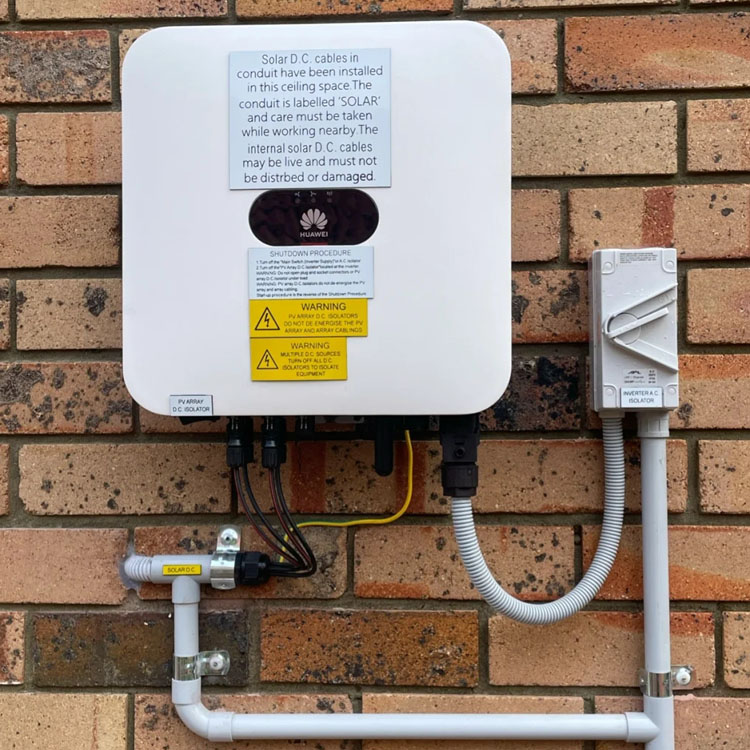
DC/AC Inverter
The inverter is a device that converts DC power into AC power. Since the solar cell emits DC power, and the final photovoltaic power generation system needs to be connected to the AC load, the inverter is an indispensable device.
According to the operation mode, inverters can be divided into independent operation inverters and grid-connected inverters. Standalone inverters are used in stand-alone solar power systems to supply power to stand-alone loads. The grid-connected inverter is used for grid-connected photovoltaic power generation systems, and feeds the generated electrical energy into the grid for operation. The grid-connected inverter converts the DC power generated by the photovoltaic array into AC power in the same phase as the grid. When the grid fails, the inverter should stop working and disconnect the inverter load to prevent the “islanding effect”.
The island effect refers to the phenomenon of the power outages power output device connected to the connected grid -connected power generation device when some lines of the grid of the grid due to faults or maintenance, and together with the surrounding load forming a self -sufficiency island.
Photovoltaic Box Transformer
Before the photovoltaic power generation system is connected to the grid, select a suitable booster transformer according to the voltage of the grid-connected main line, and boost the 400V AC output from the inverter to the voltage level of 10kV, 35kV or 110kV required for grid connection, so as to meet the conditions for grid connection.
Application of Grid-connected Photovoltaic Power Generation System
There is a countercurrent grid-connected photovoltaic power generation system
When the electricity generated by the solar photovoltaic system is sufficient, it will transmit electricity to the grid, commonly known as “selling electricity”; when the electricity generated by the solar photovoltaic system is insufficient, it will absorb electricity from the grid, commonly known as “buying electricity”.
No countercurrent grid-connected photovoltaic power generation system
The solar photovoltaic power generation system does not supply power to the public grid when the power generation is sufficient, but when the power supply of the solar photovoltaic system is insufficient, the public grid supplies power to the load.
Grid-connected photovoltaic power generation system with energy storage device
In the solar photovoltaic power generation system, there are a controller and a battery part. The battery can store a part of the DC power output by the photovoltaic module to improve the reliability of power supply; the controller is to realize the over-discharge, over-charge, load over-current and reverse charging of the battery. To be limited, it has the functions of battery charge and discharge management and optimal charge control.
In Conclusion
The application space of the solar power generation industry is also very broad. With abundant sunlight resources, if the Gobi Desert is used to install a grid-connected solar power generation system, it can provide a very considerable amount of power generation.
In some remote areas or islands, where the national grid is not installed, an independent photovoltaic power generation system can be installed without the need to erect transmission lines. The cycle is short, and the comprehensive cost is low, which can effectively solve the problem of electricity difficulties in remote areas.

